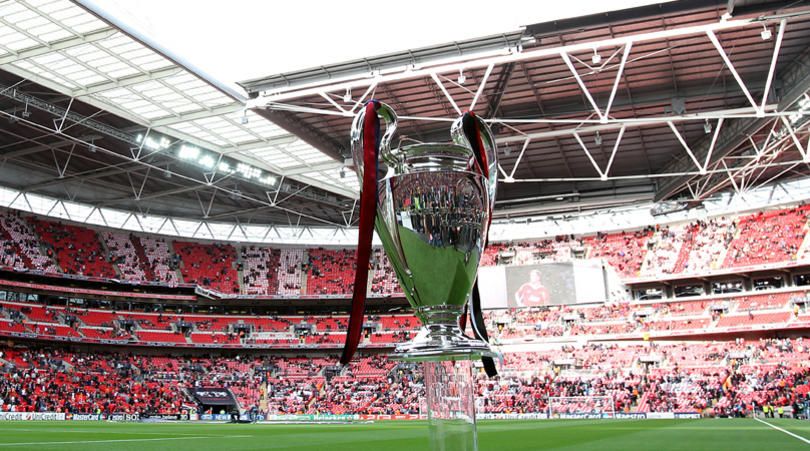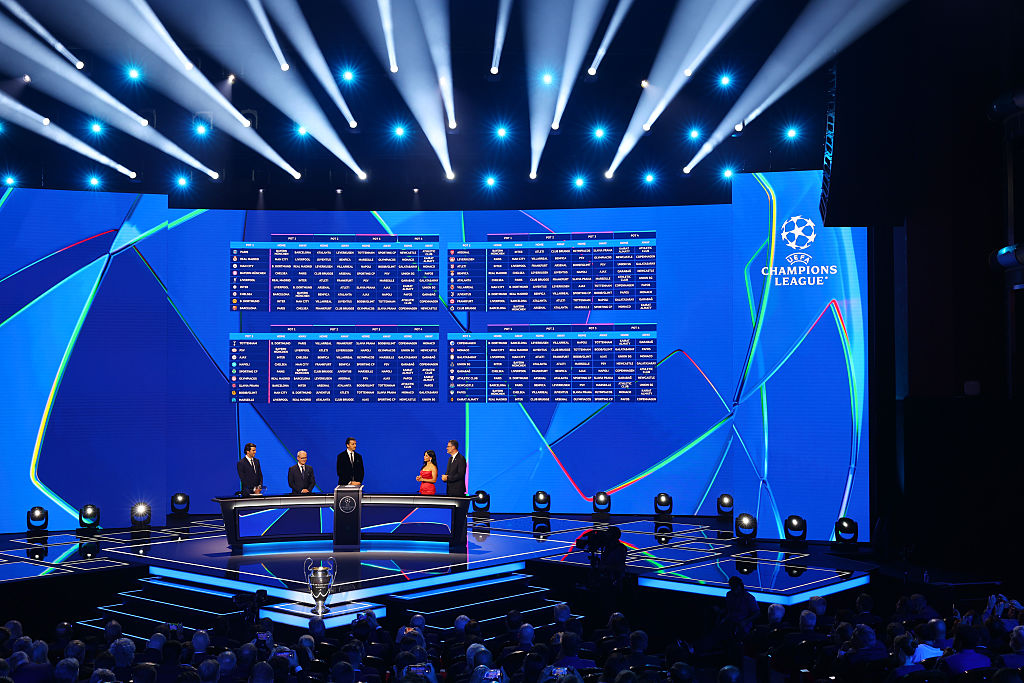
The draw for the Champions League league phase is complete and everyone knows who they'll be playing as they view for European glory.
There's plenty of choice fixtures on the horizon, including Real Madrid taking on Manchester City, Liverpool and Juventus, as well as Barcelona facing PSG and Newcastle - and plenty more.
This is the second season the Champions League will play out under its current guise, and FFT has the lowdown on it all.
How the Champions League league phase works

From 1998 to 2024, the Champions League was pretty standard 32-team round robin format that mirrored that of the World Cups played in the same span of time. It was all pretty straightforward: eight groups of four teams, best two in each group go to a round of 16.
That all changed last season, when UEFA expanded the tournament to 36 teams and switched to what is known as the 'Swiss system'.
Basically, instead of dividing the teams into groups, the results of all 36 teams go into one big massive league table. But of course, playing 31 games would be ridiculous.
Instead, teams have been handed eight fixtures each, which were more-or-less randomly determined by a computerised draw. The 'more or less' comes from teams from the same country having been kept apart, and each side having been allocated two opponents (one home, one away) from four seeded pots based on UEFA coefficients.
So, for instance, because Newcastle had a weak coefficient, they were placed in pot 4. They have been drawn to play Barcelona and PSG from pot one, Benfica and Bayer Leverkusen from pot 2, PSV and Marseille from pot 3, and Athletic Club and Union Saint-Gilloise from pot 4.
All the league phase games will be played in midweeks between September 16 and January 28, at which point the final league table determines which path the 32 teams will take from there. Goal difference takes precedence over head to head record, for obvious and sensible reasons.
Different routes through the knockouts

This is where it gets a bit more complicated. 24 teams qualify for the knockout stages, but because 24 doesn't whittle down to 2 straightforwardly, there is an extra play-off round before the tournament goes to the round of 16.
The top 8 teams in the league phase do go straight to the round of 16, which means they effectively skip a round. But the next 16 sides must compete in the knockout phase play-offs to see who makes up the rest.
The sides ranked 9-16 are seeded and drawn against the sides who rank 17-24. Teams from the same country are not kept apart at this stage.
As an example of how it works: PSG finished 15th in the league phase last season and were drawn against 18th-placed Brest for the play-off round. Having thumped their domestic rivals 10-0 on aggregate, they faced Liverpool in round of 16 - Arne Slot's side having skipped the play-off round by finishing top of the league phase.
Before the format change, it was possible for sides to drop from the Champions League from the Europa League by coming third in their group. However, this is no longer possible; the sides who finish between 25th and 36th in the league phase are simply dumped unceremoniously out of European competition altogether. Thanks for coming, though.
BBC highlights remain as TNT and Amazon keep live rights
TNT Sports and Amazon will broadcast the games live, with Amazon getting the first choice of the Tuesday night games up to the semi-finals - a total of 17 games across the season. TNT will show the rest: 187 out of 204 games across the tournament.
The BBC will have a free highlights show on Wednesday nights, which will be shown on either BBC One or BBC Two as well as on iPlayer and the BBC Sport website
What else to watch out for?

Four sides are making their first appearances in the Champions League.
Norwegian outfit Bodo/Glimt are perhaps the most interesting of the lot. They are based in the Arctic Circle and won plenty of admirers in their run to the Europa League semi-finals last season, eliminating FC Twente, Olympiacos and Lazio along the way before losing to eventual winners Tottenham.
Bodo/Glimt will host Spurs again in the league phase in September, with Manchester City also making the trip in January, when there will only be around 3 hours of sunlight per day.
Those games will be the most northerly Champions League games ever, and Kazakhstani side Kairat will also provide the competition's most easterly venue ever after knocking Celtic out in the play-offs. Almaty is four hours ahead of the UK, which will make the scheduling interesting.
The other debutants include Cypriot outfit Pafos and Belgians Union Saint-Gilloise.
We're also getting a new venue for the final: Hungary has never hosted a Champions League final before, but will get the opportunity in 2026 as Budapest's Puskas Arena takes centre-stage.
Elsewhere, we're personally looking forward to the Bobby Robson derby when Newcastle host Barcelona in their opening game, while Trent Alexander-Arnold's return to Anfield in November is sure to be handled with the utmost dignity by Liverpool fans.







